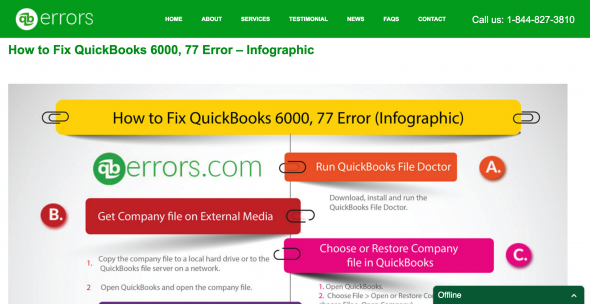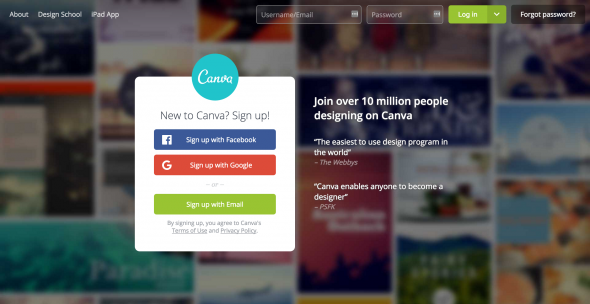Though most freelance writers are all about the written word, visuals are becoming very important. Our brains crave images that help translate complicated topics into comprehensible concepts – a perception that makes your job more marketable.
Infographics are excellent for building up your portfolio. Oftentimes, those looking for freelancers want individuals who wear more than one hat in the content creation field. Good freelancers should dabble in visuals and infographics, but many don’t know how.
In an oversaturated market of more than 150 million active bloggers and freelancers fighting to stand out and make a living through their writing, you may need something beyond the written word to make your mark. Infographics can drive more job opportunities and diversify your portfolio – attracting clients.
But throwing together a decent infographic can be more complicated than you think, especially if you don’t have a background in design. Here are some useful suggestions for creating infographics for your writing portfolio.
Creating infographics for freelance writers
1. Look at Examples
This is by far the best way to familiarize yourself with successful graphics and help you think about design elements to incorporate. Some good examples of infographics to get you started:
- QBErrors: This visual helps to simplify a complicated error message that turns up in QuickBooks. QBErrors chose to present it in infographic form because it’s easier to understand and relieves customers’ anxiety by making the brand more endearing.
- World Resources Institute: This global company entitled its infographic The Carbon Budget to depict an array of complicated facts, statistics, numbers, and data relating to carbon use. It simplifies and complements the company’s web content perfectly.
- Voltier Digital: This infographic entitled “Understanding Viral Content Marketing” is a great example of an image that pretty much replaces the blog post. It has plenty of information throughout with visual details and charts that simplify the information.
Related: The State of Freelance Writers in 2015 [Infographic]
Look for more examples of infographics on your favorite blogs and publications. The infographics you see will be perfect representations of the work that will be expected in the freelancing realm. You can get a feel for how you might format your infographics and work them into your portfolio.
2. Invest in Software
Purchasing the entire Adobe Suite to make a few simple infographics might feel a little excessive, but you can still purchase some software to make designing easier. Here are some programs that have the capacity to build quality graphics with a smaller price tag:
- Canva: This is an entirely on-line platform with graphics, text features, and the option to upload your own images. It’s free on the basic level with some affordable upgrades if you desire.
- Google Developers: This is a free tool that lets you generate charts and graphs from your data. It can be integrated into your final infographic to explain simple concepts.
- Easle.ly: This online infographic creation tool provides templates that can be used to customize and create your own images. This is especially good for people who have little experience in design.
- Piktochart: Turn boring data into engaging visuals with this tool. You can build infographics or create charts and upload them into another infographic creator.
These are just a few of the tools at your disposal for developing infographics that will take your portfolio to a higher level.
3. Use High-Quality Imagery
Many infographic building tools are equipped with graphics and imagery that might meet your image needs. At other times, you’ll have to upload fresh images for the optimum effect.
When you’re looking for images, don’t simply pull large-resolution visuals from Google search. The majority of them will be copyrighted. To avoid legal problems, either purchase an image from a stock company or take your own photographs with good lighting and a quality camera.
The importance of using high-quality imagery in your infographics can’t be understated. Nothing cheapens a visual image faster than low quality. It can ruin the credibility of your portfolio and reverse the impact you were hoping to achieve.
These tips can help you become an infographic pro. Overall, using infographics is a great way to boost your credibility and bring more attention to the work you have to offer.





Leave a Reply